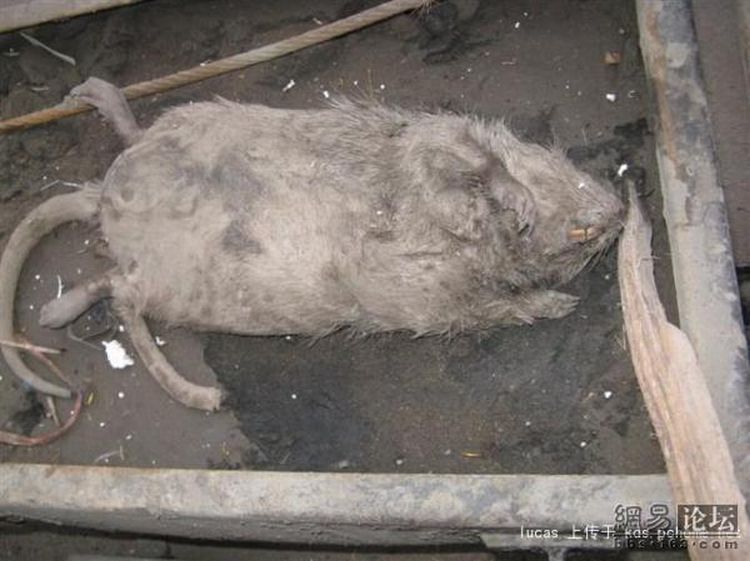|
|
Little Dead Rat
|
In some cultures, rats are or have been limited as an acceptable form of food to a particular social or economic class. In the Mishmi culture of India, rats are essential to the traditional diet, as Mishmi women may eat no meat except fish, pork, wild birds and rats. Conversely, the Musahar community in north India has commercialised rat farming as an exotic delicacy. In the traditional cultures of the Hawaiians and the Polynesians, rat was an everyday food for commoners. When feasting, the Polynesian people of Rapa Nui could eat rat meat, but the king was not allowed to, due to the islanders' belief in his "state of sacredness" called tapu. In studying pre-contact archaeological sites in Hawaii, archaeologists have found that the concentration of the remains of rats associated with commoner households counted for three times the animal remains associated with elite households. The rat bones found in all sites are fragmented, burned and covered in carbonized material, indicating that rats were eaten as food. The greater occurrence of rat remains associated with commoner households may indicate that the elites of pre-contact Hawaii did not consume them as a matter of status or taste.
Bandicoot rats are an important food source among some peoples in Southeast Asia, and the United Nations Food and Agriculture Organization estimates that rat meat makes up half the locally produced meat consumed in Ghana, where cane rats are farmed and hunted for their meat. African slaves in the American South were known to hunt wood rats (among other animals) to supplement their food rations, and Aborigines along the coast in Southern Queensland, Australia regularly included rats in their diet.
Ricefield rats (Rattus argentiventer) have traditionally been used as food in rice-producing regions like Valencia, as immortalized by Vicente Blasco Ibáñez in his novel Cañas y barro. Along with eel and local beans known as "garrafons", rata de marjal is one of the main ingredients in traditional paella (later replaced by rabbit, chicken and seafood). Ricefield rats are also consumed in the Philippines, the Isaan region of Thailand, as well as Cambodia. In late 2008, Reuters reported that the price of rat meat had quadrupled in Cambodia creating a hardship for the poor who could no longer afford it. Cambodia exports about a metric ton of rats daily to Vietnam as food.
Elsewhere in the world, rat meat is considered diseased and unclean, socially unacceptable, or there are strong religious proscriptions against it. Islam and Kashrut traditions prohibit it, while both the Shipibo people of Peru and Sirionó people of Bolivia have cultural taboos against the eating of rats.
|
|









